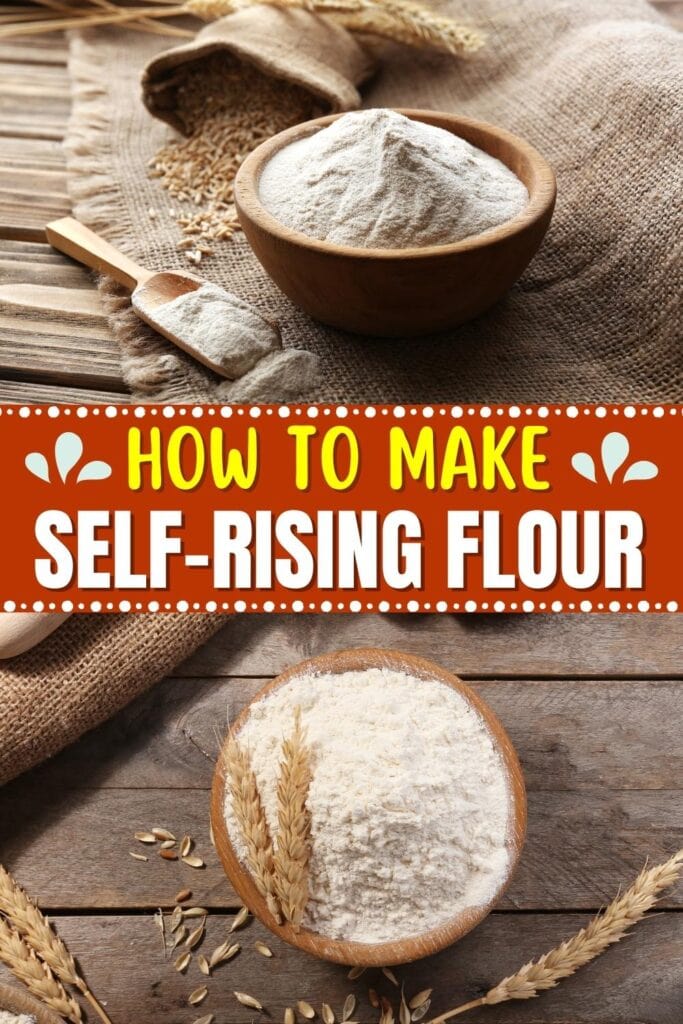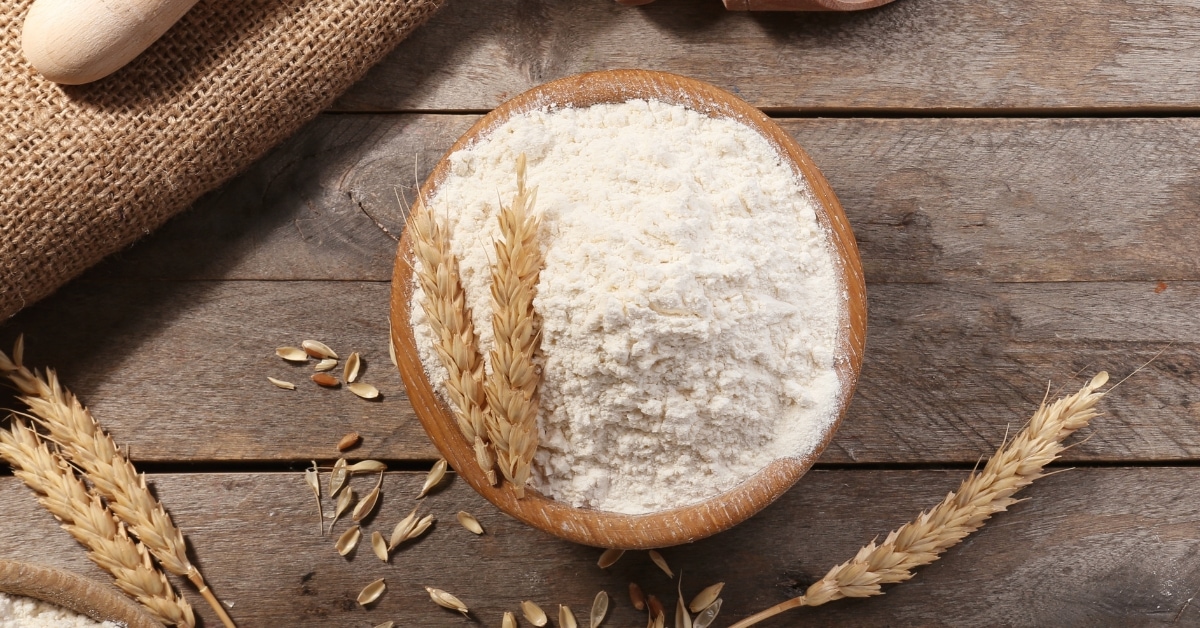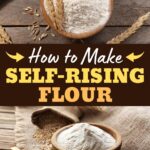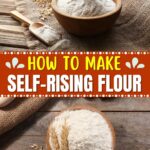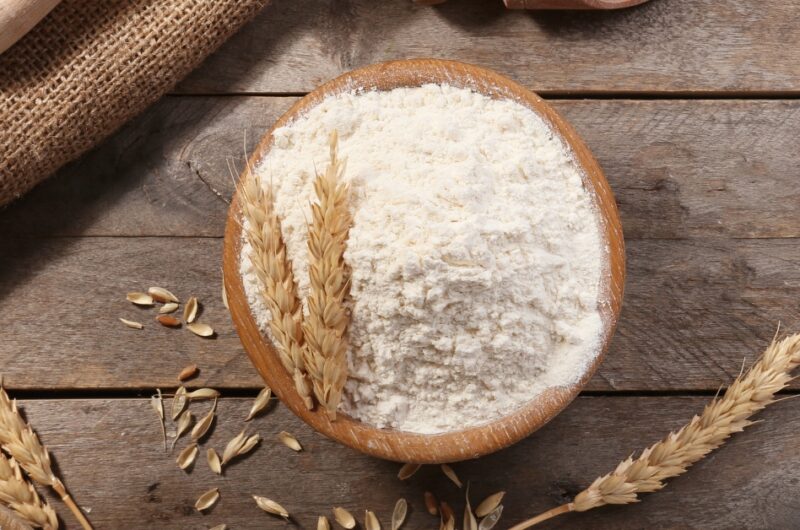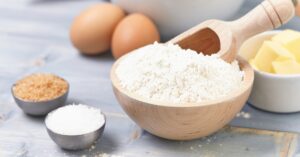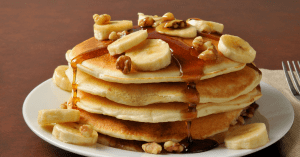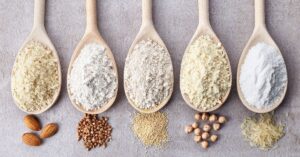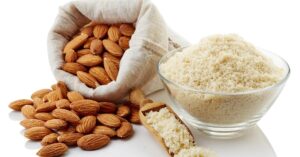In this post, I’ll show you how to make self-rising flour at home. It’s as easy as mixing 1-2-and-3 ingredients you probably have in your cupboard right now!
1 cup all-purpose flour + 1 1/2 teaspoons baking powder + 1/2 teaspoon salt = self-rising flour. And you can multiply from there.
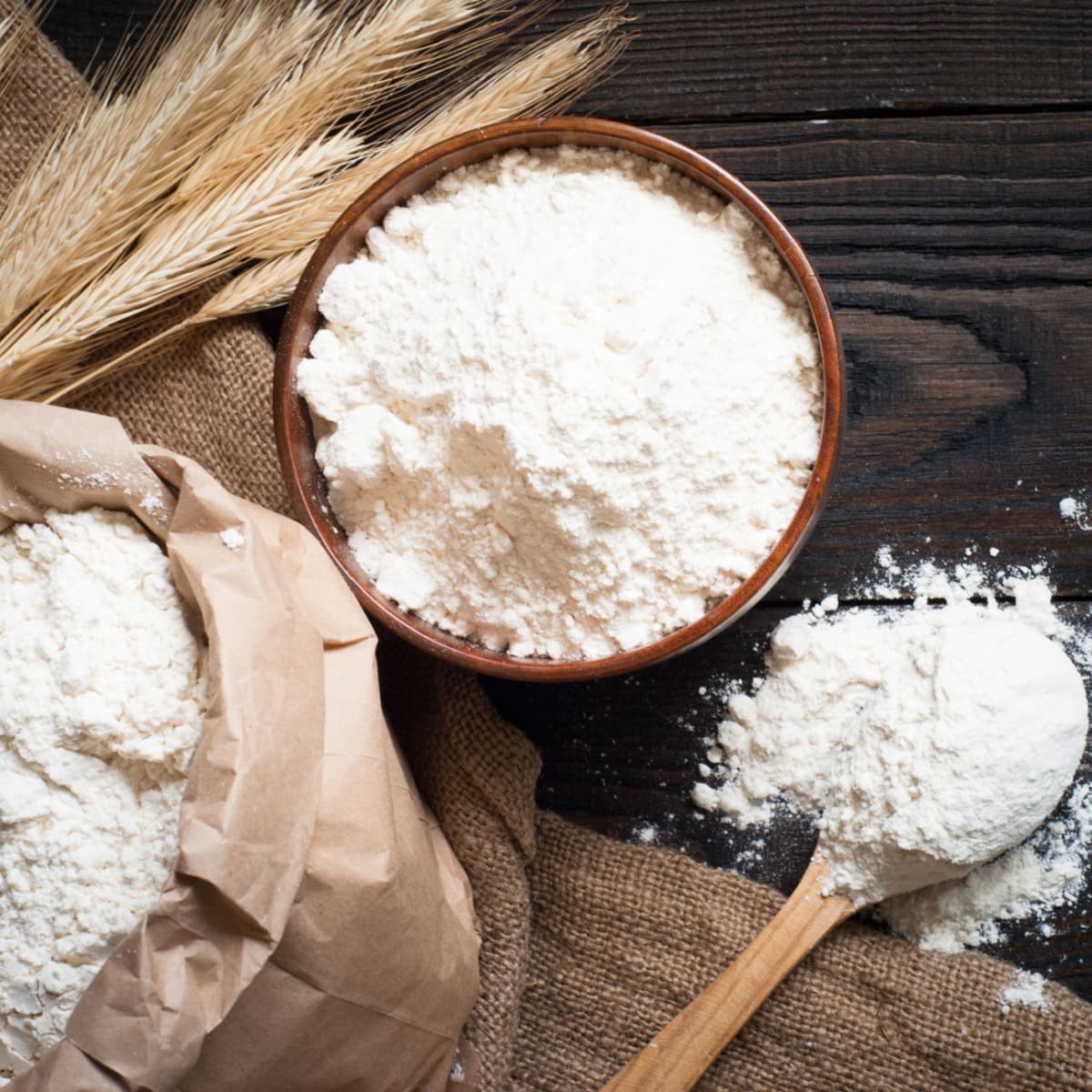
See, it is just a simple math equation.
Self-rising flour is a versatile ingredient that many baking enthusiasts rely on. It’s practically magic, making baked goods rise to hearty fluffiness with little effort.
And when you know how to make it, you can whip up baked goodies anytime.
What are you waiting for? Read on and learn how to make self-rising flour anytime!
What is Self-Rising Flour?
Self-rising flour is a type of flour that has a leavening agent already incorporated into it.
It’ll save you the trouble of adding extra ones like baking powder or baking soda.
When you add moisture to self-rising flour, it produces tiny bubbles of carbon dioxide gas.
And guess what those bubbles do? They make your baked goods rise and become all fluffy and delicious!
It was created by an ingenious baker named Henry Jones in the 1800s.
Self-rising flour was popular among sailors who craved tastier baked treats while navigating the seas.
Now, why is self-rising flour so cool? Well, it saves you a step in the baking process. Instead of measuring ingredients, use self-rising flour and let the magic happen.
It’s like having a shortcut to fluffy baked perfection!
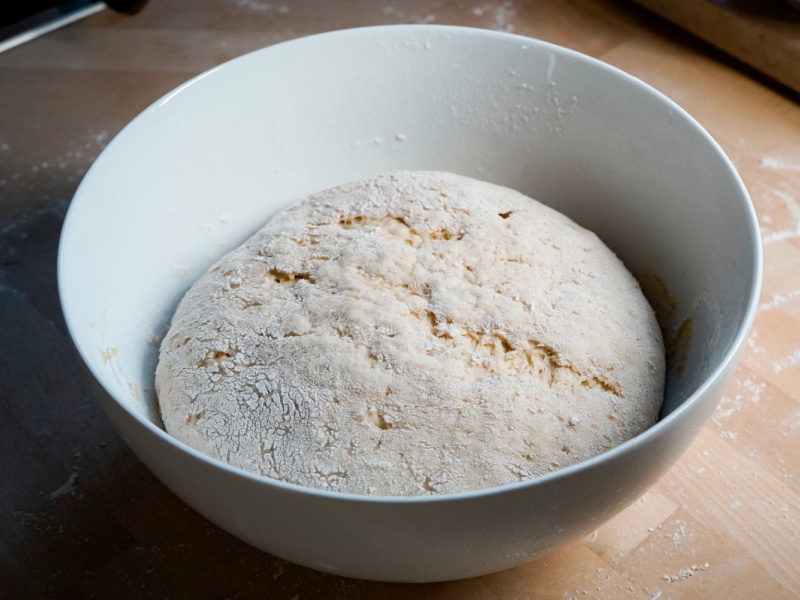
What’s in Self-Rising Flour?
Self-rising flour contains three main ingredients: all-purpose flour, baking powder, and salt.
These components provide baked goods with the desired leavening effect and flavor.
- All-purpose flour- This is the base ingredient of self-rising flour. All-purpose flour provides structure to baked goods.
- Baking powder- Baking powder is a leavening agent, helping dough rise by producing carbon dioxide gas. Add 1 1/2 teaspoons for every 1 cup of all-purpose flour.
- Salt- A small amount of salt is added to self-rising flour for flavor enhancement. Salt also helps balance the flavors of other ingredients.
How to Make Self-Rising Flour?
Ingredients
1 cup all-purpose flour
1 1/2 teaspoons baking powder
1/2 teaspoon salt
Directions
1. Add 1 cup of all-purpose flour to a bowl.
2. Add 1 1/2 teaspoons of baking powder to the flour. Baking powder is the leavening agent that will help your baked goods rise.
3. Sprinkle in 1/2 teaspoon of salt. Salt adds flavor to your self-rising flour.
4. Mix all the ingredients thoroughly. You can use a whisk or fork to ensure they are well combined.
You can adjust the quantities if your recipe requires a different amount.
And now you do not need to run to the store. You can make self-rising flour at home. Enjoy your baking adventures!
Can I Use Baking Soda Instead?
You can use baking soda if you need a substitute for baking powder. But you will also need cornstarch and cream of tartar.
By combining these three ingredients, you’re just a quick stir away from the same effect. The combination mimics the effects of baking powder.
However, this substitution should be reserved for situations with no other option. It involves additional steps and may yield different results.
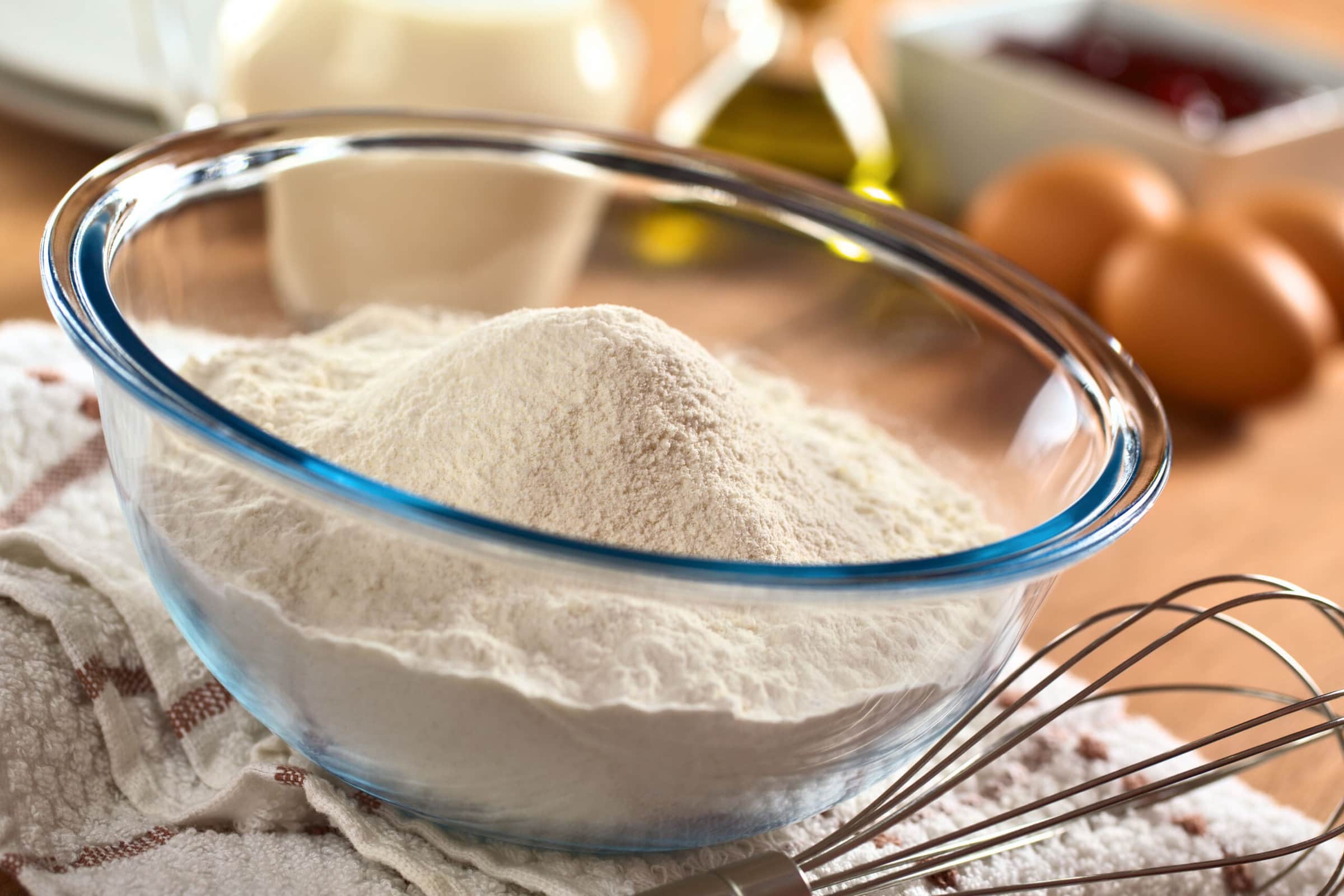
How to Make a Big Batch of Self-Rising Flour
Do you frequently bake? Or are you getting ready for holiday baking? If so, you’ll likely require a larger quantity of self-rising flour.
The good news is that you can scale up the recipe. But you must maintain the same ratios.
For instance, say you want to make 4 cups of self-rising flour:
- Combine 4 cups of all-purpose flour with 6 teaspoons of baking powder.
- Add 1 teaspoon of salt.
- Whisk it together.
Wanna know the best way to ensure everything is dispersed throughout the larger batch? Use a stand mixer to stir everything together.
This method will help guarantee uniformity and consistent results in your baked goods.
How to Use Self-Rising Flour
Self-rising flour is a fantastic addition to your kitchen. You can use it to make sweet treats and savory delights.
Here are some delicious delights you should try:
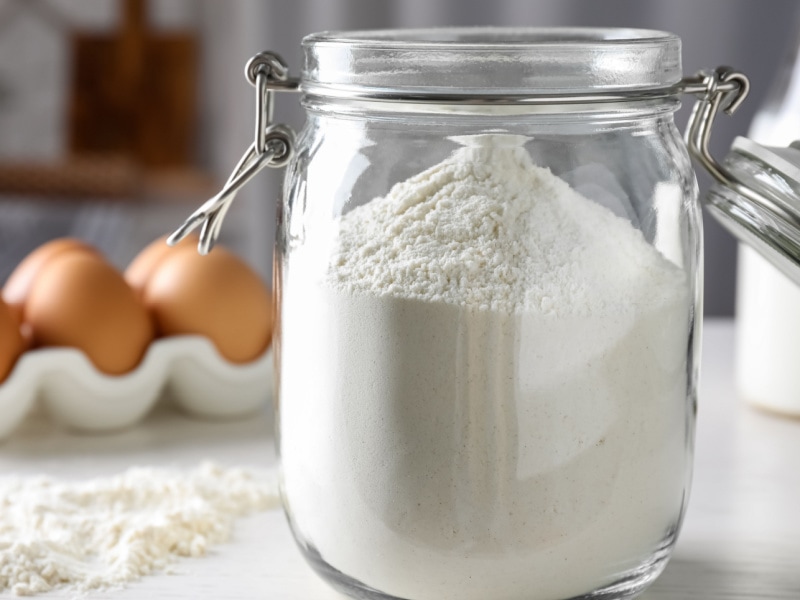
How to Store Self-Rising Flour
Storing self-rising flour properly is essential to maintain its freshness and effectiveness in baking.
Here are some guidelines to help you keep self-rising flour correctly:
- Airtight container: Transfer the self-rising flour to an airtight container. Use a glass or plastic container with a secure lid. This prevents moisture and air from entering.
- Choose a cool and dry location: Avoid storing the flour in areas exposed to heat, sunlight, or high humidity. These conditions can cause the flour to spoil or clump together.
- Label and date: Labeling the container with the type of flour and the storage date is helpful. If stored in the pantry, use the self-rising flour within 2-3 months.
Can I Substitute Self-Rising Flour for All-Purpose Flour
Yes, you can substitute self-rising flour for all-purpose flour in certain recipes. But keep in mind that you’ll have to make some adjustments.
Self-rising flour already contains leavening agents (baking powder and salt), whereas all-purpose flour does not.
To substitute self-rising flour for all-purpose flour:
- Reduce or eliminate the additional leavening agents. Adjust the recipe by reducing or omitting any other baking powder in the original recipe.
- Adjust the salt. Self-rising flour already contains salt – reduce or omit any additional salt listed in the recipe. Adjusting the measurement also depends on your taste preferences.
- Consider the type of recipe. Self-rising flour is not suitable for all recipes. It works best in recipes that have a lighter texture, like biscuits, pancakes, and some cakes.
Remember that the results may vary, especially in recipes that rely on precise measurements.
